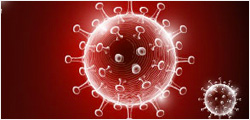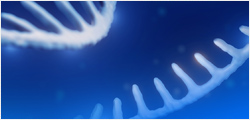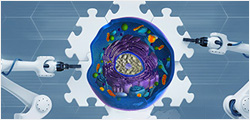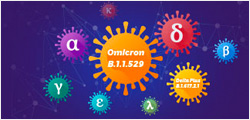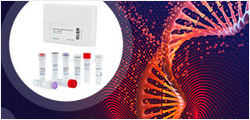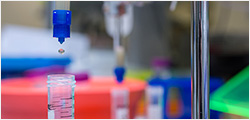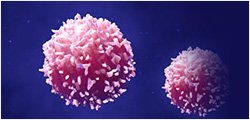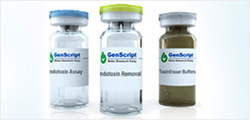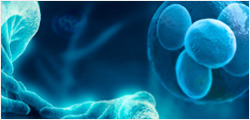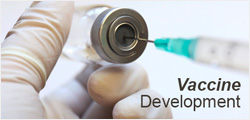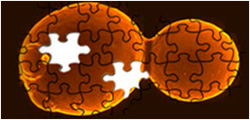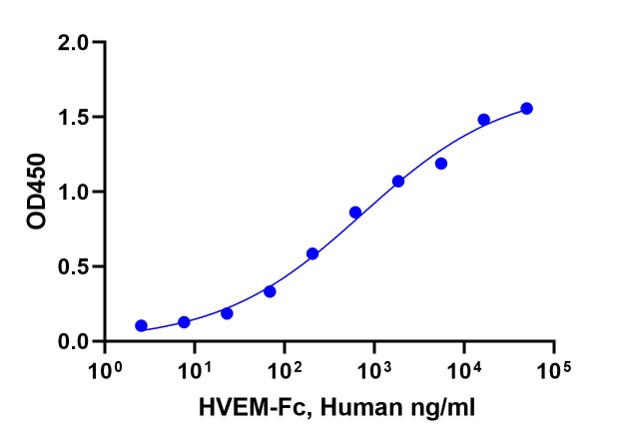
Immobilized LIGHT, Human (Z03560) at 2 μg/ml (100 μl/well) can bind HVEM-Fc, Human with EC50=0.738 µg/ml when detected by Mouse Anti–Human IgG FC-HRP. Background was subtracted from data points before curve fitting.
LIGHT, Human
LIGHT, also known as tumor-necrosis factor (TNF) superfamily member 14 (TNFSF14), is predominantly expressed on activated immune cells and some tumor cells. LIGHT (homologous to lymphotoxin, exhibits inducible expression and competes with Herpes Simplex Virus glycoprotein D for Herpes Virus Entry Mediator, a receptor expressed by T cells), is a protein primarily expressed on activated T cells, activated Natural Killer (NK) cells, and immature dendritic cells (DC). LIGHT can function as both a soluble and cell surface-bound type II membrane protein and must be in its homotrimeric form to interact with its two primary functional receptors: Herpes Virus Entry Mediator (HVEM) and Lymphotoxin-β Receptor (LTβR). LIGHT signaling through these receptors have distinct functions that are cell-type dependent, but interactions with both types of receptors have immune-related implications in tumor biology.
| Z03560 | |
|
|
|
| ¥29,660.00 | |
|
|
|
|
|
|
| Ask us a question | |
